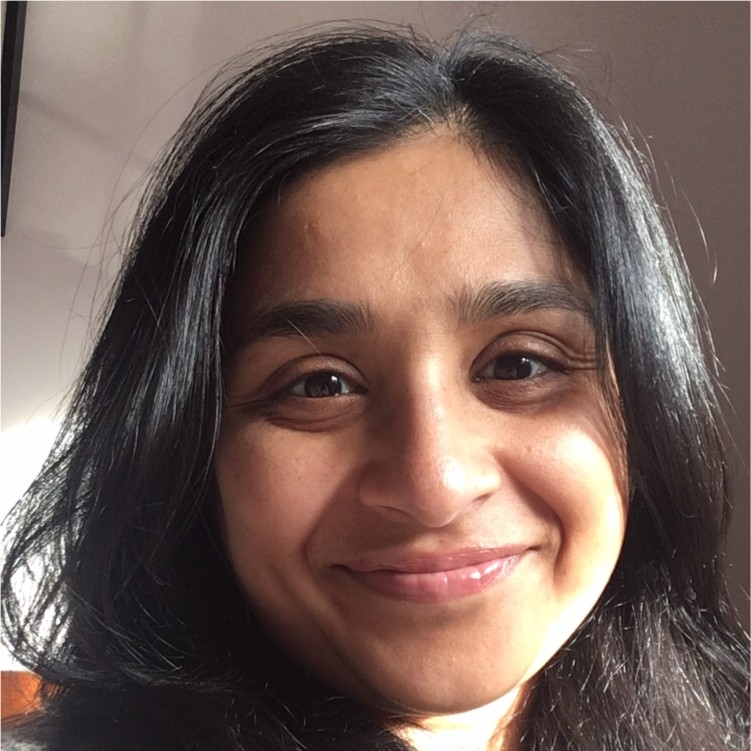Data Visualisation & Access
Discussion table
Learn from
About the session
Data visualisation brings information and data to life through graphical elements such as charts, graphs, and maps. These tools offer a user-friendly way for civil servants and citizens to identify trends, anomalies, and patterns within the data.
In the era of Big Data, these visualisation technologies are indispensable for interpreting large volumes of data and informing data-guided decisions. Anyone who's been confronted with a vast spreadsheet and struggled to identify a trend knows the transformative power of a good visualisation.
- Better Decision Making: Visualising data can simplify complex datasets, revealing patterns, trends, and insights that are not immediately apparent in raw data. How can we better capture and display the complex relationships in our data, and consequently, support more nuanced and informed decision-making?
- Balancing Clarity & Accuracy: Visualisations condense complex data into simple graphics, but risk oversimplification. How can we ensure a balance between making data visualisations comprehensible while maintaining the accuracy of the information, and avoiding misinterpretation?
- Improved Communication: Data Visualisation is an accessible way to see and understand trends, outliers and patterns in data. How are departments using it to improve communication within their organisation - and with the public?




